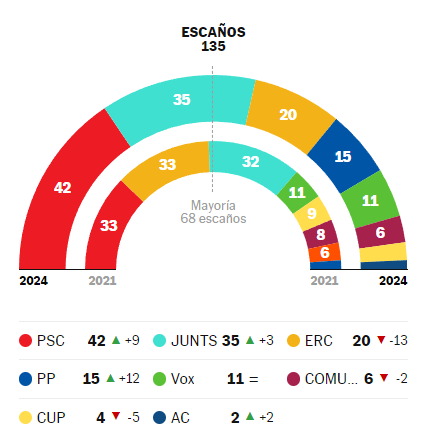Yesterday I woke up in Córdoba, Spain. Besides being one of Andalucía’s most beautiful municipalities, it’s also the European city with the highest average Summer temperatures (the thermometer marked 38ºC / 100ºF while I was there). Some quick takes on its urban design: 

Córdoba started off as a Roman settlement, but the old part of the city that we know today — a UNESCO world heritage site — was shaped by the period of Moorish domination (929-1236), with a lot of common sense solutions incorporated for dealing with the heat. 

The most obvious is urban planning based on narrow streets, something pretty standard in almost all Andalusian towns. The tight corridors means that you have a degree of shade at nearly all times of day, making baking-hot summer days much more tolerable. 

Wider avenues are tree lined, again providing for shade that makes it possible for residents to move around with some degree of protection from the harsh Summer sun, while also keeping homes from heating up too brutally. 

You get this in the plazas in the old town — which are also fairly narrow, ensuring some degree of shade. And the whitewash not only looks nice, but has a practical function: it keeps the outer walls cool. 



Many of the old quarter’s homes have courtyards, an arquitectural feature inherited from both the Romans and the Moors. 





The plant-laden patios — designated as UNESCO World Heritage Sites in 2012 — are gorgeous but, again, there’s also the practical element here: they provide a refuge from the sun and are a cool point of reference within the traditional home. 

During the period of Moorish dominance Córdoba there were elaborate fountains and irrigation systems spread through the city (here’s an example from the Cathedral-Mosque’s Courtyard of the Orange Trees). That obviously helped make things feel cooler. 

The Great Mosque was itself a model of smart design given the period when it was built and the massive numbers of people it accommodated (I think I read that 40,000 faithful could gather there for Friday prayers). The double arches allowed for high ceilings; a vast, dark space. 



Those advantages were somewhat diminished when the Catholics took Córdoba and turned the mosque into a cathedral; in their drive to let in God’s light, they also let in quite a bit of heat. 







They also built substantially larger squares than those built during the Moorish period, like the XVII century Plaza de la Corredera, which looks lovely but is essentially a giant frying pan from 9 a.m to 9 p.m during the Summer (keep to the arcades). 

Nowadays huge awnings are hung over streets within and outside the old quarter to provide cover during the Summer months. The feature is standard through Spain, but I expect we’ll see it north of the Pyrenees more and more as Europe keeps growing warmer. 



Wrapping up: a lot of the urban cooling features that have been standard in Córdoba and Andalucía for centuries — the narrower streets, whitewashed homes, tree-lined thoroughfares — are increasingly being celebrated as wise city planning practices in the age of global warming. 

In adapting to climate change we have the opportunity to recover a lot of our urban development heritage and reincorporate the common sense solutions that were discarded when we switched to planning monumental cities around cars instead of people.
Good morning.
Good morning.

• • •
Missing some Tweet in this thread? You can try to
force a refresh





















